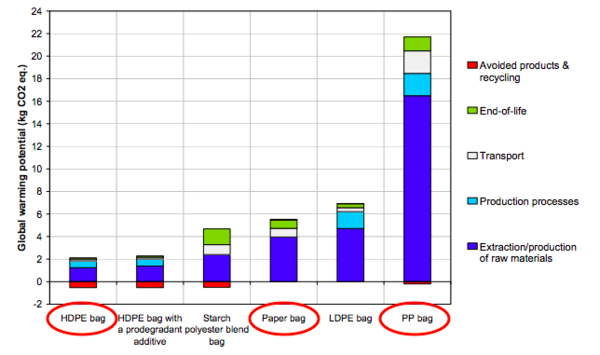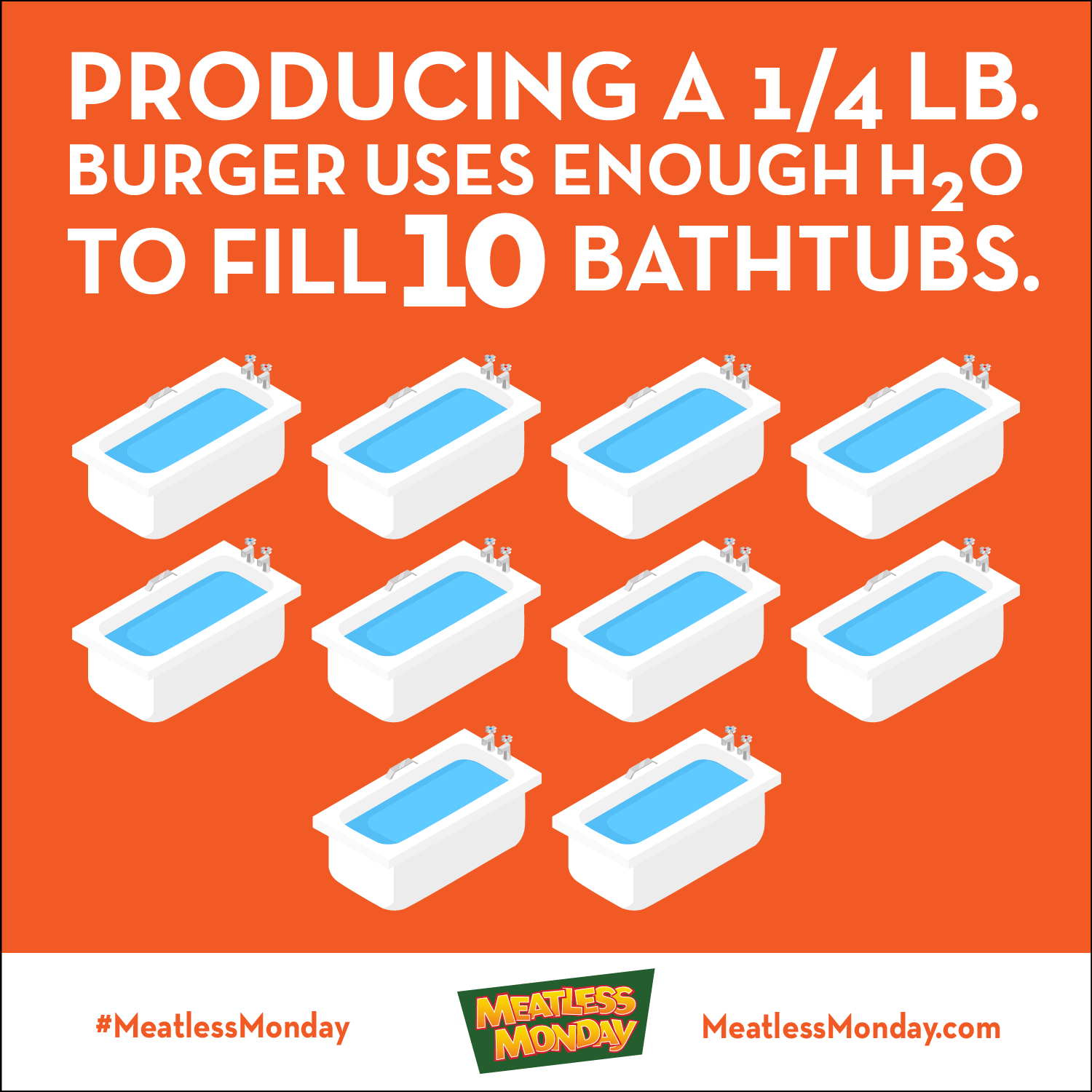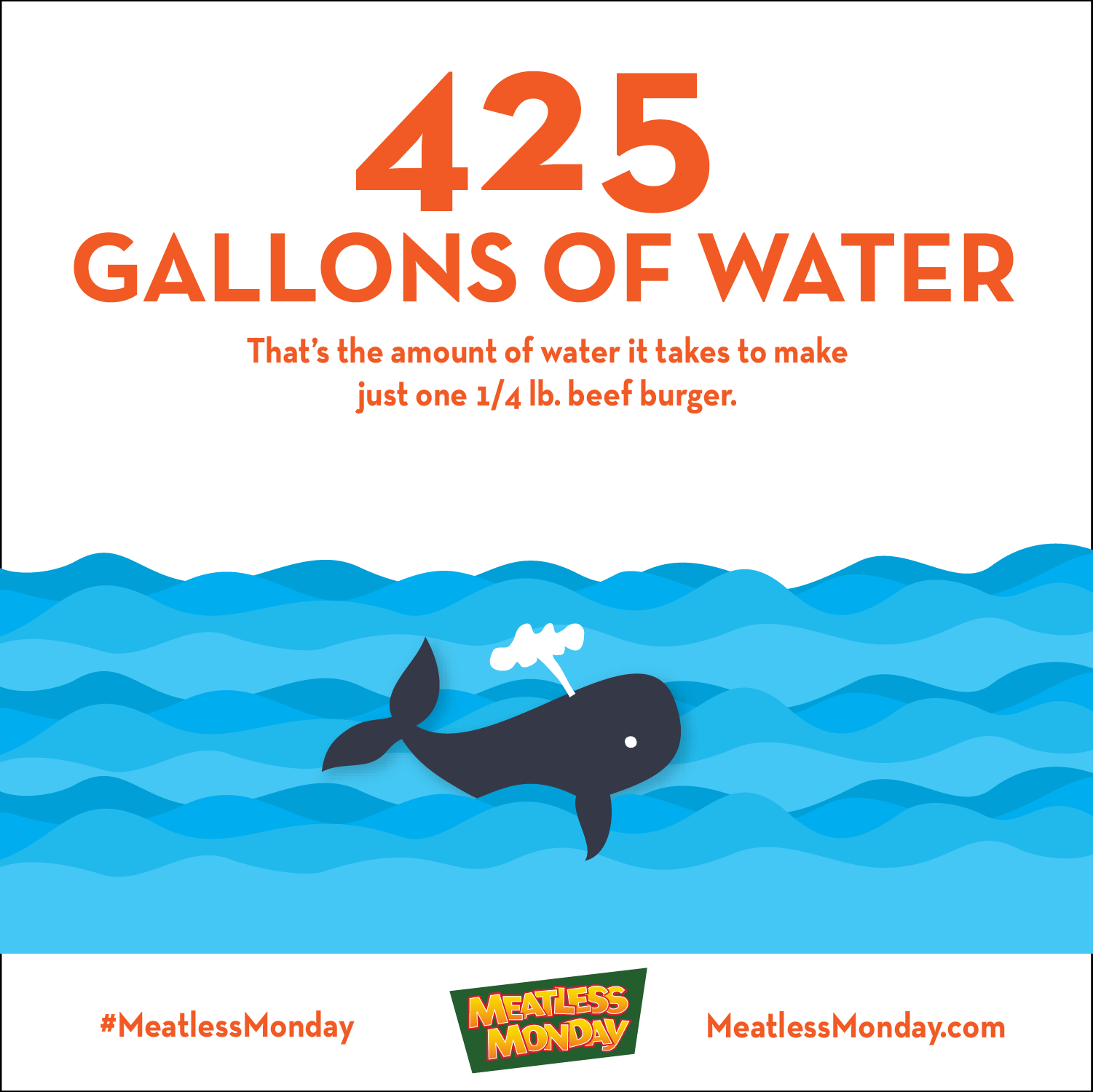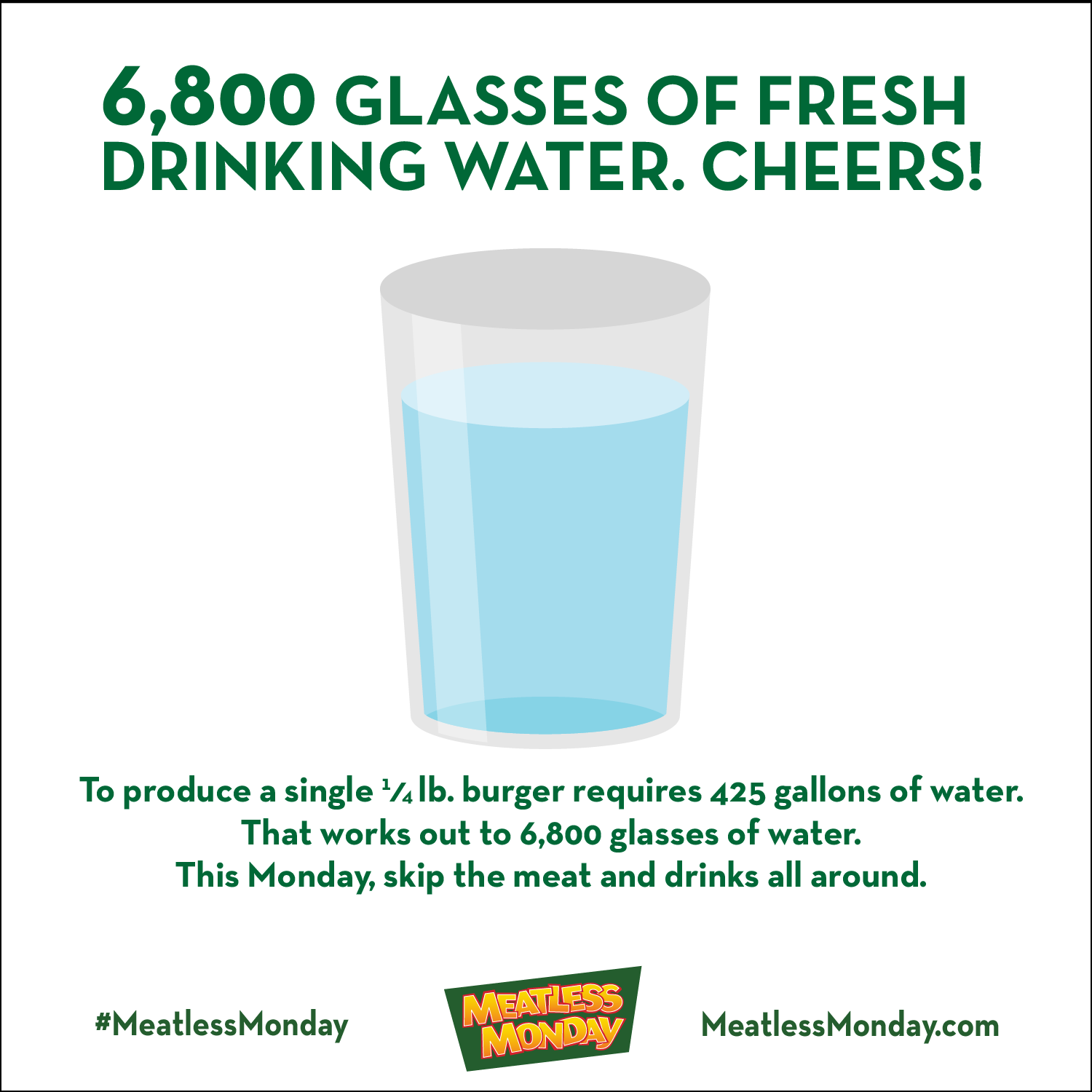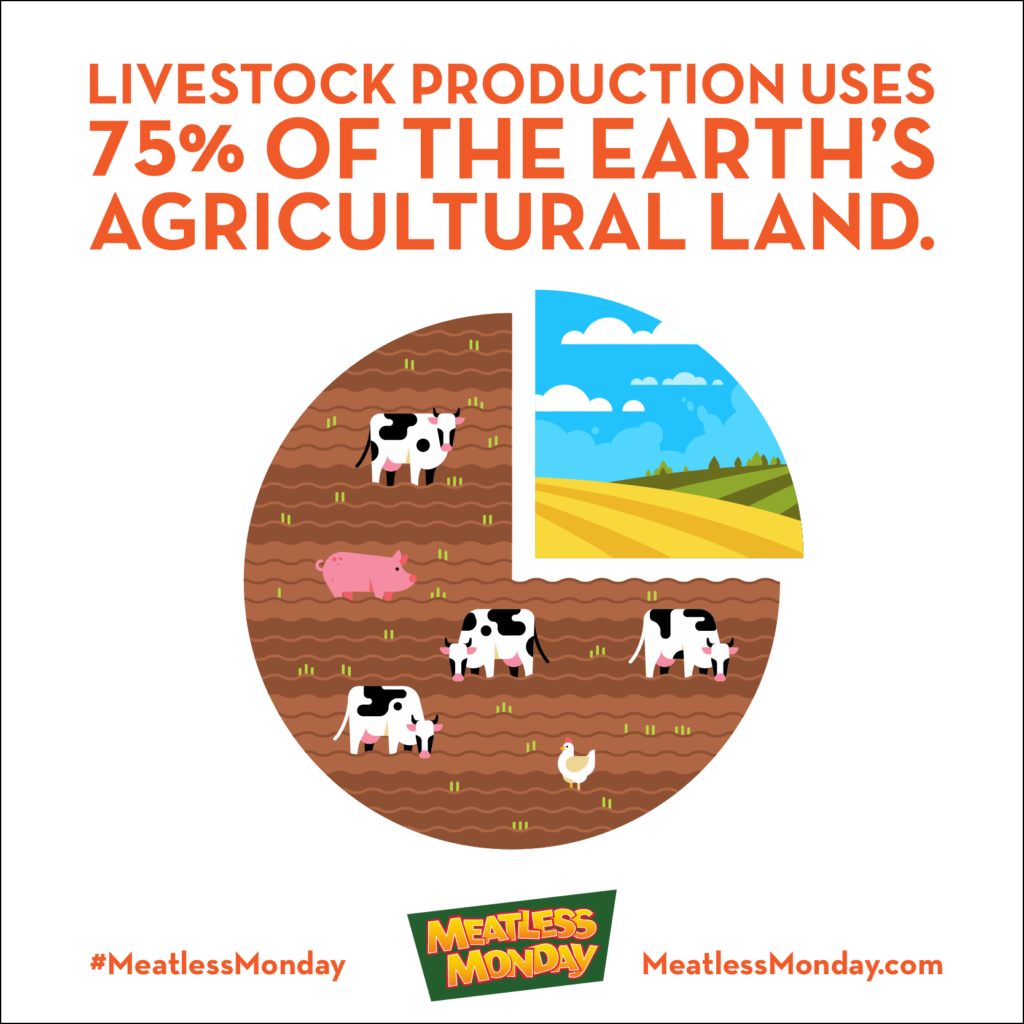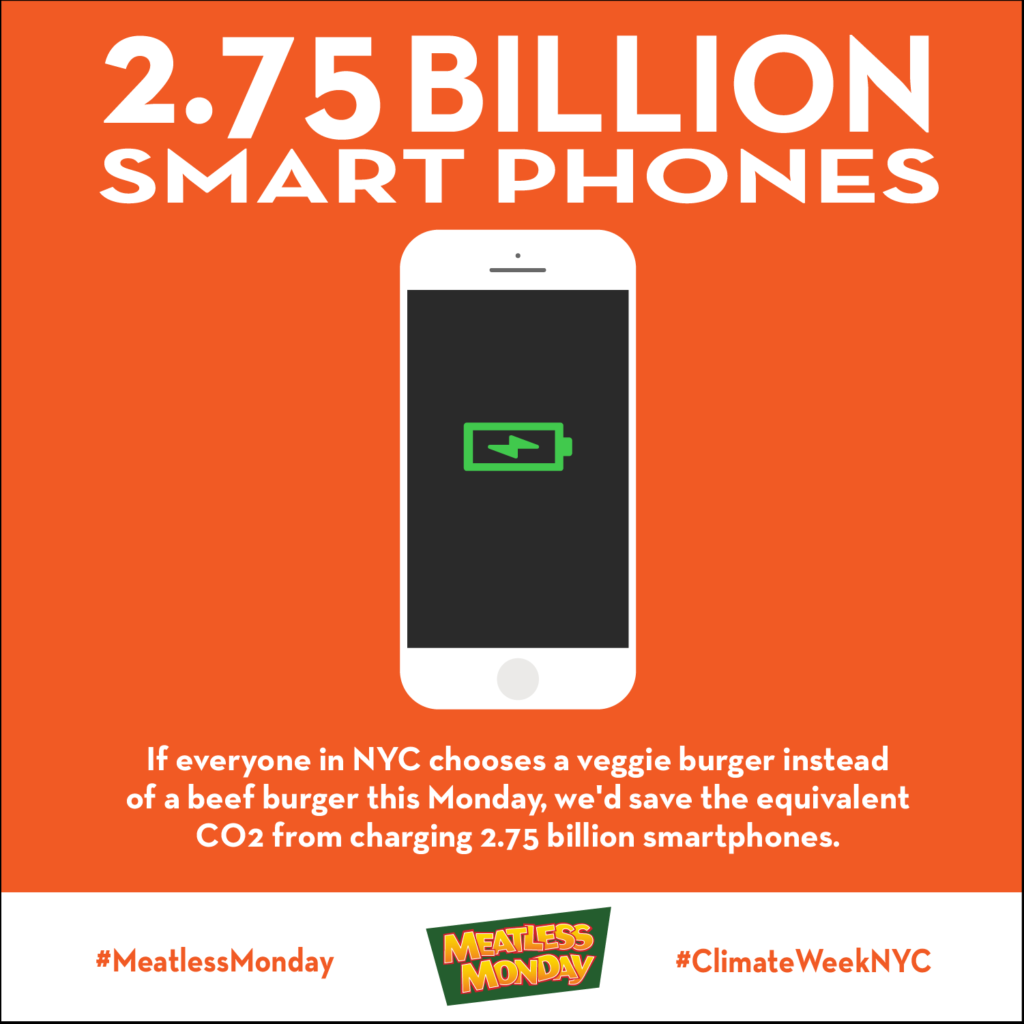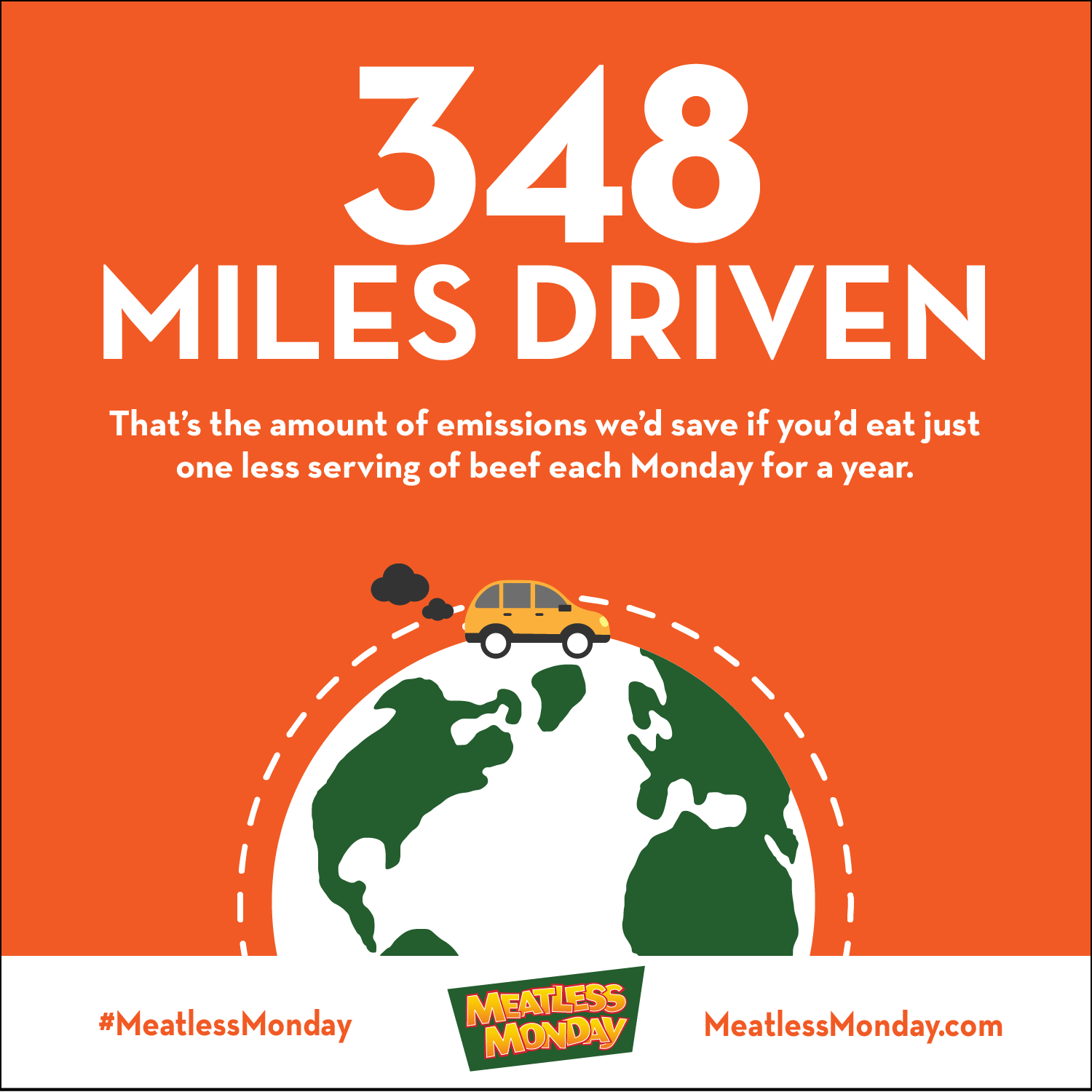If you are like me, you have 1000 different reusable bags. They are made of all assorted colors, designs, sizes, and materials. You also probably have at least one in every room of your house, a bunch hidden in the closet, and 20 more In the car truck in case you forget. Ok, while this may be an exaggeration, the fact that buying reusable bags as a trend is not an exaggeration.
So, are reusable bags really better for the environment?
The short answer is yes, but there are other factors to consider, including manufacturing costs, product lifespan, and time spent in actual use.
Why are Plastic Bags bad?
Environmental impact
Plastic bags are from the same source as all plastic: crude oil. Like everything else manufactured from this non-renewable resource, it has two major drawbacks: manufacturing it emits considerable amounts of pollution, and the product is not biodegradable. In other words, it is difficult to produce, and nearly impossible to get rid of once produced. According to the Natural Environment website, 60 to 100 million barrels of oil are required to manufacture a year’s worth of plastic bags worldwide, and it takes approximately 400 years at least for a bag to biodegrade.
Human Impact
On land, plastic bags are one of the most common types of litter worldwide. Build-ups of plastic bags are notorious for causing blockages of local drainage systems in developing countries. For instance, in the floods in Bangladesh in 1988 and 1998, and frequent flooding in Manila is believed to have been caused by blockages caused by this litter. Plastic bags also pose serious health hazards to populations as over time they leach toxic chemicals into drinking water supplies.
Plastic bags are hugely difficult to recycle. Many of the plastic bags collected by recycling companies cannot be reused or recycled, and when they don’t end up in the natural environment or a landfill, they are shipped to Asia. There, sweatshop workers pick through the trash looking for plastics that can be melted down and reused there.
The Animal Impact
Plastic bags are harming animals by the dozens. Thousands of birds die every year due to ingesting substantial amounts of plastic bag remnants. At least 260 other species of animals are also at risk of ingesting or getting entangled in plastic bags.
Most marine animals mistake plastic bags for jellyfish and feed on them. Sea turtles are in danger of becoming endangered due to the mass ingestion of plastics. These animals eat so many plastic bags that their stomachs have no room for actual food, leaving them in danger of starvation.
Other dangers of plastic bags on animals is suffocation and strangulation from becoming caught in plastic bags. Dolphins, seals, sharks, flamingos, seagulls, pelicans, and other animals and birds have been found dead due to getting stuck in plastic bags.
Another major impact of plastic bags on the environment is that they degrade into smaller pieces and get eaten by aquatic organisms, small fish, and jellyfish. The toxic chemicals from the plastic waste then enters the food chain increasing concentrations as larger fish feed on smaller ones and other animals feed on the fish – including human beings.
Comparison of Reusable bags and Single-Use Bags
Before we can get into this, we must talk about how we can compare reusable bags to nonreusable bags in the first place. As this is a debated topic, there are different perspectives we must consider about rating the overall environmental impact of bags.
Here are the main 3 areas and some of the considerations of each:
- Production – What is the impact of producing one bag
- Energy input
- Natural resource use
- Transportation
- Emissions from manufacturing
- Use – How use of the product impacts humans or the environment
- Impact on human health
- Lifespan of the product
- Environmental impact of use (if any)
- Post Use – How disposal of the product impacts the environment
- Pollution of natural environment
- Emissions from disposal (gasses from breakdown in landfill or incineration)
- Cost of recycling
In addition, here are some different types of bags we will be discussing.
Disposable Bags:
- Basic Plastic (HDPE) – High Density Polyethylene – this is the lightweight single-use plastic bags you find at almost every grocery store.

- Paper – Paper bags are less common than plastic bags but can still be found in some stores. They are the original “disposable” bag and are intended for single use.

Reusable Bags:
- Cotton – These bags are often referred to as “totes”. They are woven from cotton and are build to be reused many times.

- Polypropylene – This is one of the most common types of reusable bags now being distributed by retailers. Made from a more durable plastic than the HDPE bag, this reusable bag is build to be reused many times and often has a rigid insert in the bottom for added strength.

Impact of Different Bags
The environmental impact of 1 bag when looking at the total life.
Note that this is from a study from 2004, but I found the information to be very clear and well researched!
Reusable bags require more material and more energy input than disposable bags which gives them a bigger environmental footprint when comparing them 1 to 1.
For 1 bag we can see that the standard disposable bags (HDPE) has the lowest impact.
But since the average person uses hundreds of plastic bags every year, we have to consider how many plastic or paper bags you displace by using a reusable bag.
Note: Cotton bags are not included in this graph. The study states that the global warming potential of cotton bags is more than 10 times the impact of any other bag.
Break-Even Point?
When does a reusable bag become more environmentally friendly than a disposable bag?
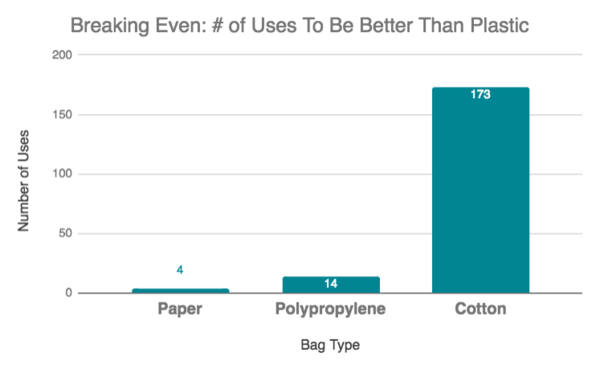
To be more eco-friendly than a disposable plastic bag you would need to use these alternatives this many times:
Paper Bags: 4 Times
Polypropylenes: 14 Times
Cotton: 173 Times
Other Important Considerations
There are many variables to consider when trying to reduce your environmental impact that can affect your decisions.
Reusing Disposable Bags
When you reuse plastic bags multiple times (even if you use them as a trashcan liner) that will bring down their environmental impact. When you do not have the option to turn down plastic bags, reusing them is the best way to reduce their impact. Get creative with them and make them last as long as possible!
Other Materials
As this study proves, not all bags are made equal. If you can use repurposed or recycled materials to make your own tote, you will reduce your carbon footprint even more. I have seen on Pinterest so many ideas on turning old shirts into bags, so really, there is no excuse!
Using raw materials will almost always have a larger impact on repurposing existing materials. Before you buy a reusable bag you may want to see if you already have a worthy substitute at home, or if you have a friend who already has too many…
Too Many Bags?
Reusable bags are becoming more popular and many brands give them out for free as promotional items. If you start to accumulate reusable bags you can actually increase your environmental impact.
Remember that the best way to reduce your impact is to use less and reuse as often as possible.
Key Takeaways
Ok so this was a lot. I know I learned a lot, and I hope you did too! Here is a little recap if your last brain cell took a nap!
- Producing 1 plastic bag has a relatively low environmental impact. The impact of this type of disposable bag comes from using so many of them.
- Paper bags are only more eco-friendly when reused 4 times or more.
- Polypropylene bags are a good choice when considering a reusable alternative. After only 14 uses this bag is already more eco-friendly than conventional plastic bags.
- Cotton bags have a surprisingly high environmental impact because of the effort that goes into growing cotton and producing the bags. If you can keep this bag for a long time, it will be more eco-friendly than plastic bags, but it requires over 173 uses to break even.
- The more times you use a bag, the more environmentally friendly it becomes. Take care of your bags and don’t accumulate more than you need.
Sources
https://sciencing.com/pros-cons-synthetic-polymers-8435350.html
https://www.onegreenplanet.org/animalsandnature/whats-so-bad-about-plastic-bags/
https://www.ecofriendlyhabits.com/why-plastic-bags-are-bad-for-the-environment-should-be-banned/
Fun Fact: This idea came to me last semester during a group project about the environment. My group was just chatting about reusable material and items and the TA started questioning us about our comments. He was asking how we knew it was better for the environment and that it might just be another case of greenwashing. This got me super-heated and I had to research the answer right away. The survey I talked about in this blog is the one I found from that research, and I am glad I got to talk about it again!





